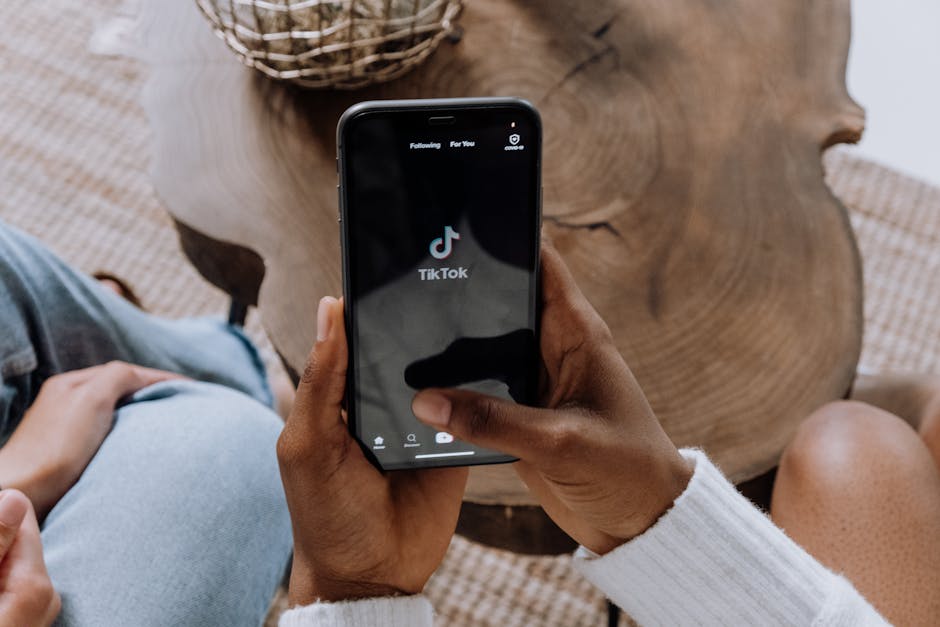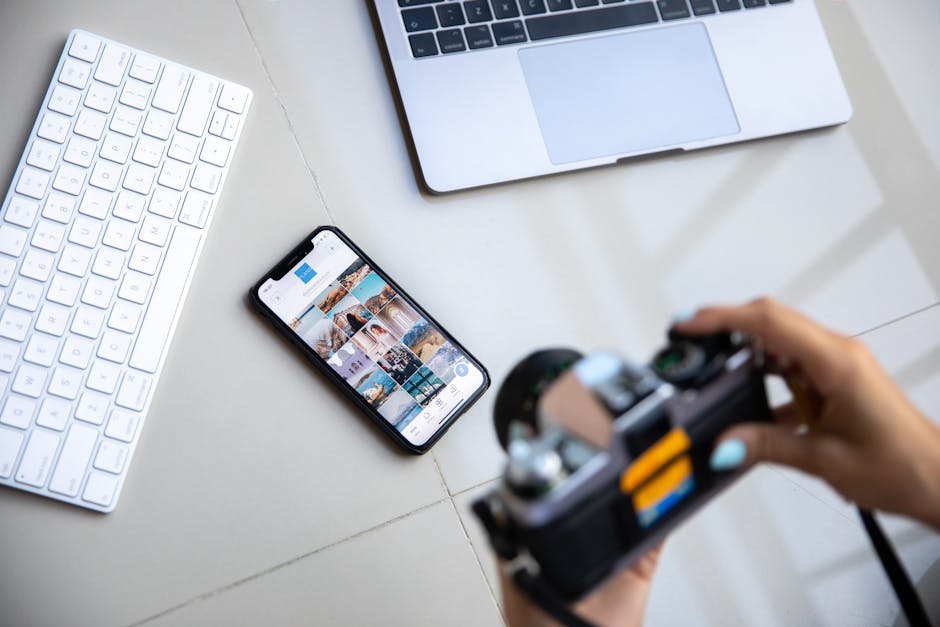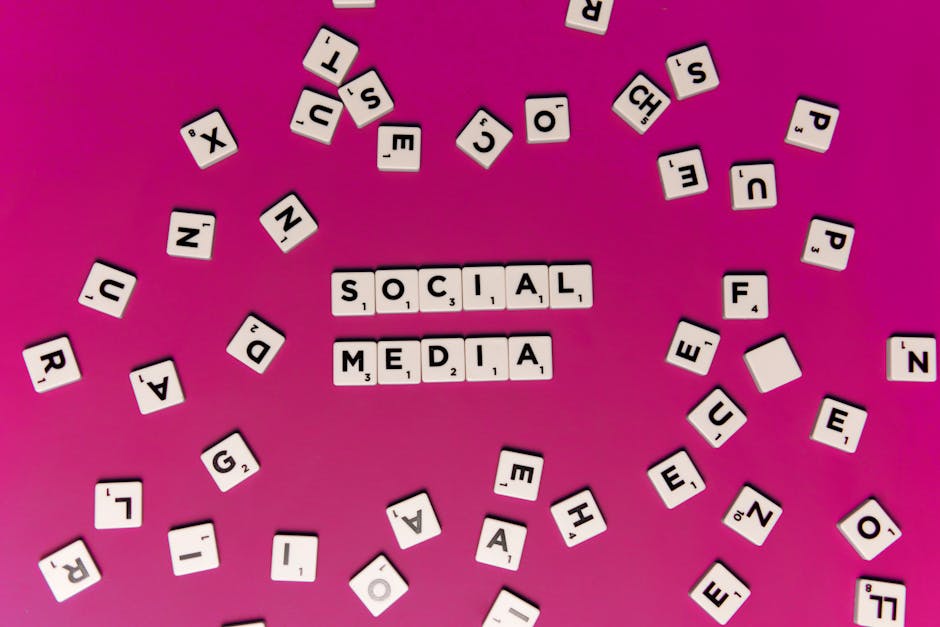Did you know that studies show people who spend more than 3 hours a day on social media are twice as likely to report symptoms of depression and anxiety? It makes you think, doesn’t it? How much of what we see online is actually real? Let’s dive into the often blurry lines between the carefully curated worlds of social media and the messy, beautiful reality of everyday life.
## Understanding the Gap: Social Media vs. Reality
Social media platforms, with their filters and highlight reels, often present an idealized version of life. The perfectly posed photos, the exotic vacations, the seemingly effortless success – it’s easy to get caught up in comparing our lives to these carefully constructed narratives. The reality, however, is that everyone faces challenges, struggles, and moments of vulnerability that are often kept hidden from the digital world.
### Strategies for Navigating the Digital Landscape
So, how can we navigate this landscape and maintain a healthy perspective? Here are some key strategies:
Practice mindful consumption: Before you start scrolling, ask yourself: What am I hoping to get out of this? Am I feeling bored, or am I seeking connection? Being aware of your motivations can help you avoid falling into the comparison trap.
Curate your feed: Unfollow accounts that make you feel inadequate or trigger negative emotions. Instead, fill your feed with accounts that inspire, educate, and uplift you.
Remember the highlight reel: Remind yourself that people typically share the best aspects of their lives on social media. They rarely show the behind-the-scenes struggles and imperfections.
Focus on your own journey: Instead of comparing yourself to others, focus on your own goals and progress. Celebrate your achievements, big and small, and remember that everyone’s journey is unique.
Take breaks from social media: Step away from the screen and engage in activities that bring you joy and connect you with the real world. Spend time with loved ones, pursue hobbies, or simply enjoy nature.
### Common Mistakes to Avoid
It’s easy to fall into unhealthy habits when using social media. Here are some common mistakes to watch out for:
Endless scrolling: Getting lost in the feed for hours can lead to feelings of inadequacy and time wasted. Set time limits and stick to them.
Believing everything you see: Remember that social media posts are often filtered and edited. Don’t take everything at face value.
Seeking validation online: Basing your self-worth on likes and comments can be damaging to your mental health. Focus on building genuine connections and self-acceptance.
Comparing yourself to others: This is perhaps the biggest pitfall of social media. Remember that everyone is on their own journey, and comparing yourself to others will only lead to disappointment.
### Tools for a Healthier Social Media Experience
Luckily, there are tools that can help you manage your social media use and cultivate a healthier relationship with these platforms:
Screen Time (iOS) & Digital Wellbeing (Android): These built-in features allow you to track your app usage and set time limits for specific apps.
Freedom: This app blocks distracting websites and apps, helping you focus on more important tasks.
Forest: This app gamifies productivity by planting a virtual tree that grows while you stay off your phone. If you leave the app, the tree dies!
### Expert Insights
Dr. Anna Lembke, a psychiatrist and author of Dopamine Nation, warns about the addictive nature of social media and its impact on our mental health. She emphasizes the importance of dopamine fasting – taking breaks from pleasurable activities, including social media, to reset our brain’s reward system. This is crucial to understand the impact on real-life experiences.
### How to Build a Healthier Relationship with Social Media: A Step-by-Step Guide
Here’s a step-by-step guide to building a healthier relationship with social media:
1. Track Your Usage: Use the built-in tools on your phone to monitor how much time you spend on each app.
2. Set Time Limits: Decide how much time you want to spend on social media each day and set realistic limits.
3. Curate Your Feed: Unfollow accounts that make you feel bad about yourself and follow accounts that inspire and uplift you.
4. Engage Mindfully: Before you post or comment, ask yourself: Is this adding value to the conversation? Am I being authentic?
5. Take Breaks: Schedule regular breaks from social media to disconnect and reconnect with the real world.
6. Find Alternative Activities: Replace your social media habit with healthier activities, such as exercise, reading, or spending time with loved ones.
### Comparing Social Media and Reality
Here’s a table summarizing the key differences:
| Feature | Social Media | Reality | |
|---|---|---|---|
| Representation | Idealized, curated | Unfiltered, authentic | |
| Focus | Highlights, achievements | Everyday life, struggles | |
| Connection | Often superficial, transactional | Deeper, more meaningful | |
| Comparison | Frequent, often negative | Less frequent, more balanced | |
| Emotional Impact | Can trigger anxiety, depression | Can foster resilience, gratitude |
“Social media is like a curated museum exhibit, while reality is like a messy, vibrant workshop.”
### Key Takeaways
Social media often presents an idealized version of life, which can lead to feelings of inadequacy and comparison.
Mindful consumption, curating your feed, and taking breaks from social media are essential strategies for maintaining a healthy perspective.
Tools like Screen Time and Freedom can help you manage your social media use and cultivate a healthier relationship with these platforms.
## Frequently Asked Questions (FAQs)
Q: What is the biggest difference between social media vs reality?
A: The biggest difference is the level of authenticity. Social media often showcases a carefully curated version of life, highlighting only the best aspects, whereas reality encompasses the full spectrum of experiences, including both the good and the bad.
Q: How can I avoid comparing myself to others on social media?
A: Remind yourself that people typically share the best moments of their lives online and rarely show their struggles. Focus on your own journey and progress, and celebrate your achievements, big and small.
Q: Is it possible to have a healthy relationship with social media?
A: Yes, it is possible! By practicing mindful consumption, curating your feed, setting time limits, and taking breaks from social media, you can cultivate a healthier relationship with these platforms.
Q: What are some signs that my social media use is becoming unhealthy?
A: Some signs include spending excessive time on social media, feeling anxious or depressed after using social media, comparing yourself to others constantly, and basing your self-worth on likes and comments.
## Recommendations and Next Steps
It’s clear that navigating the social media landscape requires awareness and intention. I suggest starting with a digital detox – even a weekend without social media can provide a fresh perspective. Further, consider implementing tools to monitor and limit your usage. You can find valuable insight in articles about managing social media on reputable news sites such as this article on CNBC about how social media affects mental health, and also explore resources like the U.S. Department of Health and Human Services website for information about mental wellness. For information on the addictive nature of social media, visit this article from Harvard.
Ultimately, building a healthy relationship with social media is about creating a balance between the digital world and the real world. It’s about being mindful of your consumption, focusing on your own journey, and prioritizing genuine connections and experiences.
What steps will you take today to create a healthier relationship with social media? Share your thoughts and strategies in the comments below! Let’s start a conversation and support each other in navigating this complex landscape.



